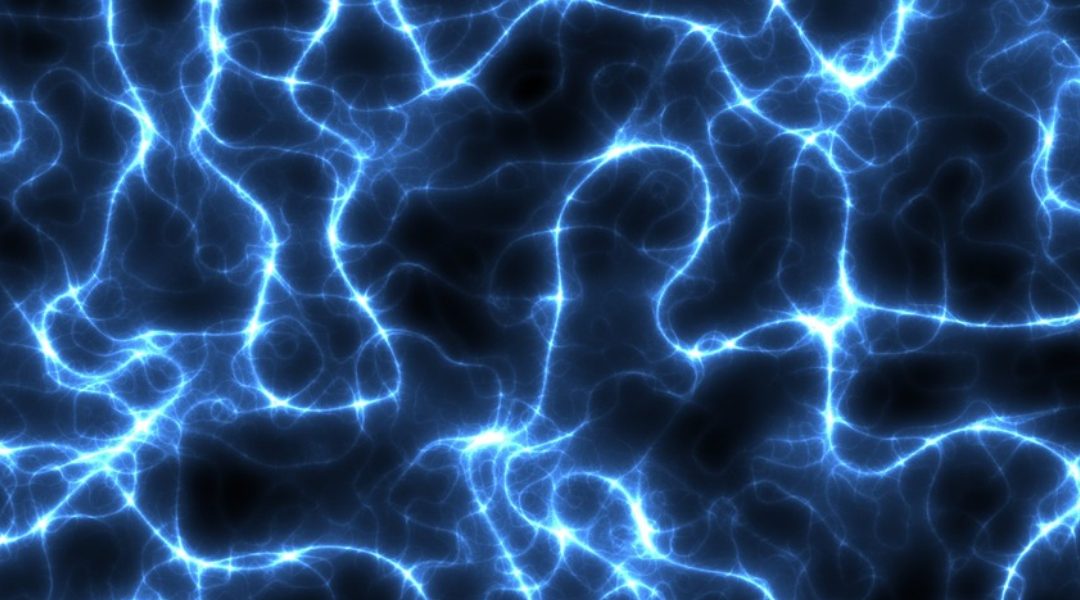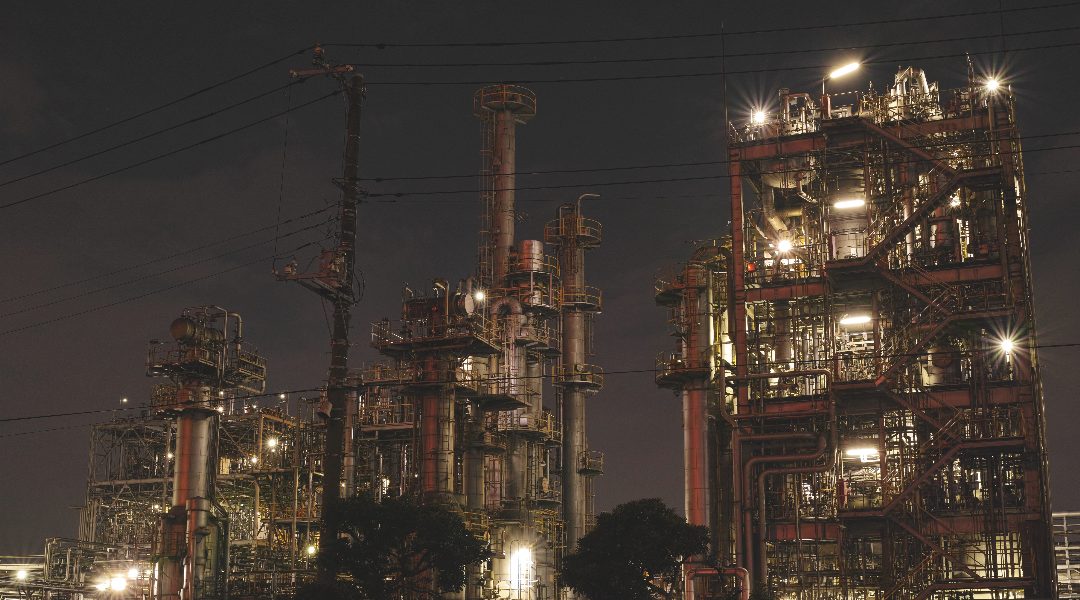Novel heterojunction material for efficient water splitting and hydrogen production operating in a broad range of pH conditions.


Novel heterojunction material for efficient water splitting and hydrogen production operating in a broad range of pH conditions.

The dissolution problem for manganese dioxide-based cathodes in zinc-based batteries has been solved, and fully knittable zinc–air batteries have been designed that can be incorporated into regular clothing to power portable devices.

The addition of a liquid metal anode enables the design of a deformable battery with some unusual characteristics.

Making methanol for use as a renewable energy carrier.

Strain-sensitive ‘smart’ materials that can monitor their own strain and internal damage state.

Qantas used biofuel processed from a non-food, industrial type of mustard seed for a historic trans-Pacific 15 hour flight saving 18 000kg in carbon emissions.

Replicating the hollow structure of polar bear hairs allows an insulating material to provide thermal management with stealth applications.

Greener catalytic ammonia synthesis requires robust control experiments to eliminate artifacts.

Adding a layer of biodegradable paper over a photocatalyst is found to increase the activity of the catalyst significantly.

Prof. Subodh Mhaisalkar of Nanyang Technological University, Singapore discusses the future of perovskite optoelectronics in an interview with the editors of Energy Technology.